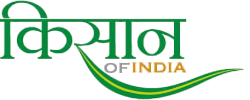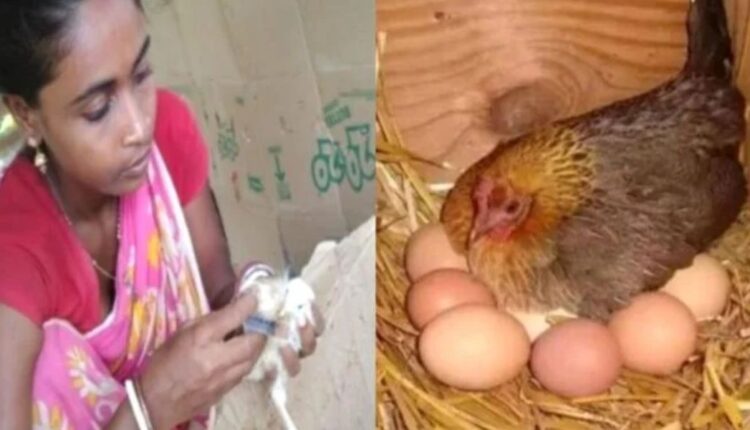Know how ‘Vanaraja’ is changing the fortunes of Poultry Farming
Gives more eggs than desi hen, these farmers of Andaman use advanced breed selected for poultry farming
For those farmers who do not have much cultivable land or who are landless farmers, poultry farming is a good option for them. It does not cost much and everyone from children, women to elders in the house can easily cooperate in it. In Andaman and Nicobar Islands also many rural households depend on poultry farming. This is the main source of income for some. According to a figure, the number of chickens here is around 7.79 lakh, out of which 1.25 lakh are of advanced breed. About 89 percent of the cattle rearers here rear chickens. But most of the villagers keep indigenous chickens, whose production rate is low, due to which they do not get much profit. The villagers were not aware of the correct management and scientific aspects of poultry farming, so to improve their livelihood, they were informed about scientific methods and various aspects related to poultry farming.

Vanraja Poultry Information
Initiative taken by ICAR-CIARI Port Blair to provide advanced knowledge of poultry business to the farmers. Under Backyard Poultry Farming, 24 poultry farmers from Dukenagar village of North and Middle Andaman were trained on general care and management of Vanaraja breed. In this training, they were given information about scientific techniques and skills in backyard poultry farming.

Choices given to the members of the Self Help Group
Two progressive farmers were given 50 Vanraja chicks, which were one day old. Experts made a field visit to his farm. Veterinary help was given. Both the farmers took care of the birds for 4 weeks. They were then distributed among the SHG members. Scientific methods used include artificial incubation with a mini hatching machine, low cost brooding, formulation of a balanced diet using locally available ingredients, vaccination and deworming.
The difference between scientific management and old method of poultry farming was clearly visible. In the eighth week, the weight of the chicken increased to 577.28 grams, while the weight of the Vanaraja chicken was only 282.57 grams when the chicken was reared in the normal way. Not only this, there was a huge reduction in the mortality rate of chickens by using the scientific method, due to which the farmers started getting more profit.

Features of Vanaraja
Caring for these chickens is easy. They start laying eggs from the age of two months less than the indigenous hens. They give 90-100 eggs in an year. Their disease resistance is also high. Its meat is tasty, because it does not contain much fat.
This hen is considered the best for rearing in the open. The weight of a chick is about 34 to 40 grams. Its weight increases from 700 to 850 grams in 6 weeks. The cost of Vanraja chicken of one kg ranges from 500 to 600 rupees. If someone follows it on a commercial level, then there can be an income of 500 chickens to one lakh rupees.
Contact us: If farmers want to share information or experiences related to farming with us, then they can do this by calling us on the phone number 9599273766 or by writing an email to [email protected] or by sending your recording. Through Kisan of India, we will convey your message to the people, because we believe that if the farmers are advanced then the country is happy.



